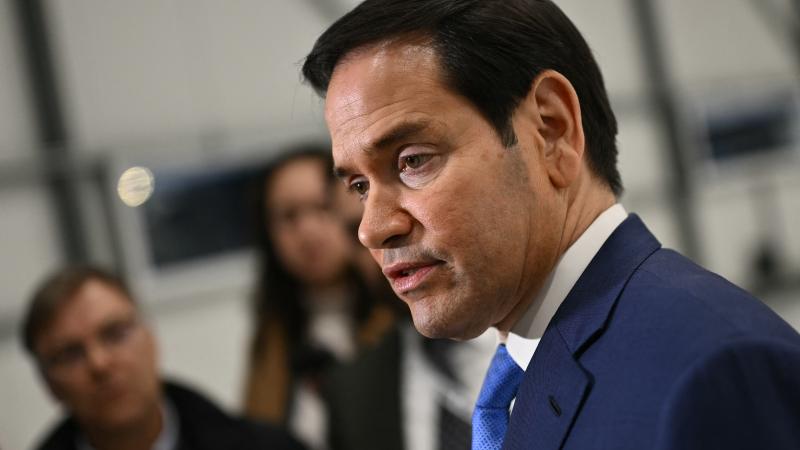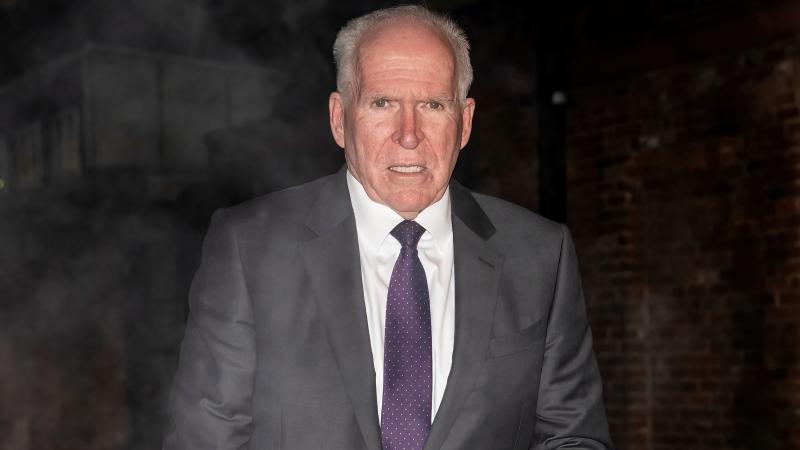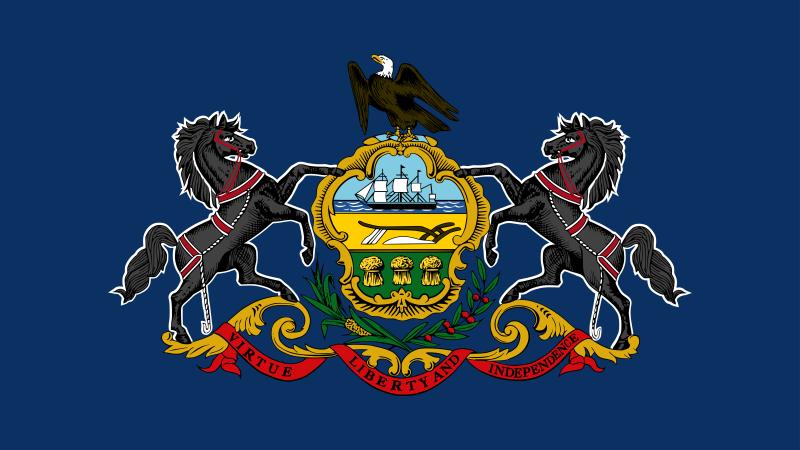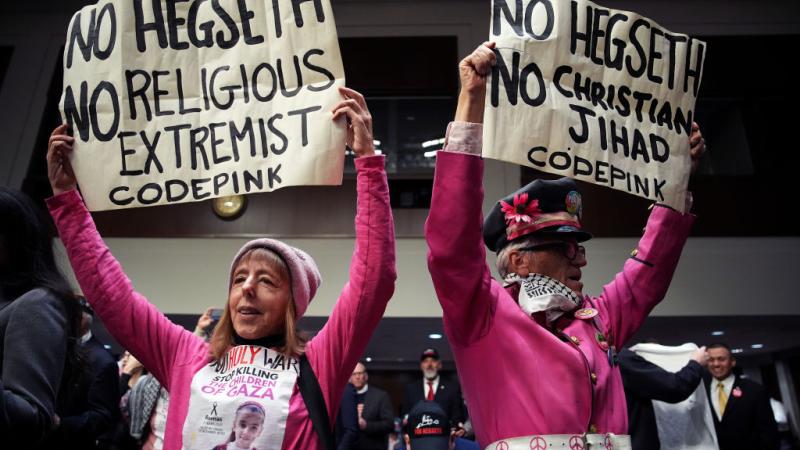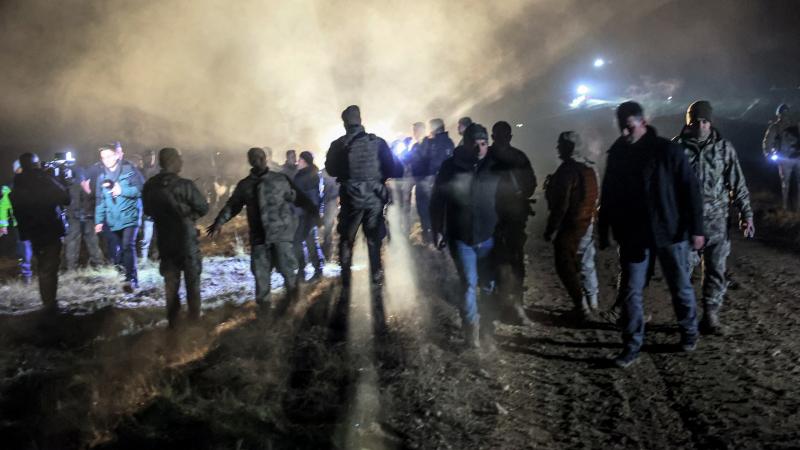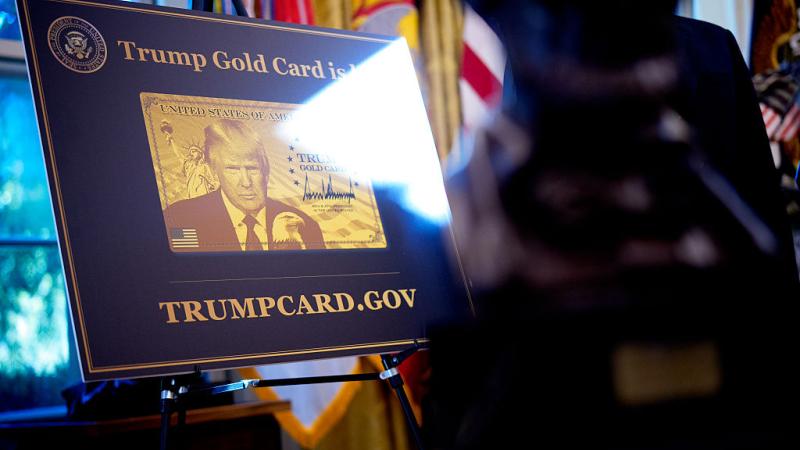Trump administration faces Monday deadline to tell courts how it will fund SNAP
Federal judges in Rhode Island and Massachusetts ruled separately that the administration must continue to pay for SNAP, but allowed it to determine whether to fund the program partially or in full for November
The Trump administration is facing a deadline Monday to tell two courts how it will fund the Supplemental Nutrition Assistance Program.
Before the court orders, the Agriculture Department planned to freeze SNAP payments starting Nov. 1 because it said it could no longer continue the funding due to the government shutdown, The Associated Press reported. About 1 in 8 Americans are on SNAP, or food assistance benefits, which costs about $8 billion a month nationally.
Federal judges in Rhode Island and Massachusetts on Friday ruled separately that the administration must continue to pay for SNAP, but allowed it to determine whether to fund the program partially or in full for November.
On Friday, President Trump said that he does “NOT want Americans to go hungry just because the Radical Democrats refuse to do the right thing and REOPEN THE GOVERNMENT.” He added that he was telling government lawyers to prepare SNAP payments as soon as possible.
The administration has not said whether it intends to fully or partially fund SNAP.
A total of 25 Democrat-led states and Washington, D.C., challenged the administration in court over the plan to pause SNAP benefits.
U.S. District Judge John J. McConnell in Rhode Island said SNAP must be funded using contingency funds, and asked for an update on progress by Monday. In a Saturday order, he also said that if the government makes full payments, it must do so by the end of the day Monday. If the administration chooses partial payments, then those would need to be issued by Wednesday.
In Massachusetts, U.S. District Judge Indira Talwani ruled the suspension of SNAP benefits was unlawful and said that USDA must pay for SNAP. She ordered the federal government to report by Monday whether they will use emergency reserve funds to provide reduced SNAP benefits for November or fully fund the program using both contingency funds and additional available funds.




